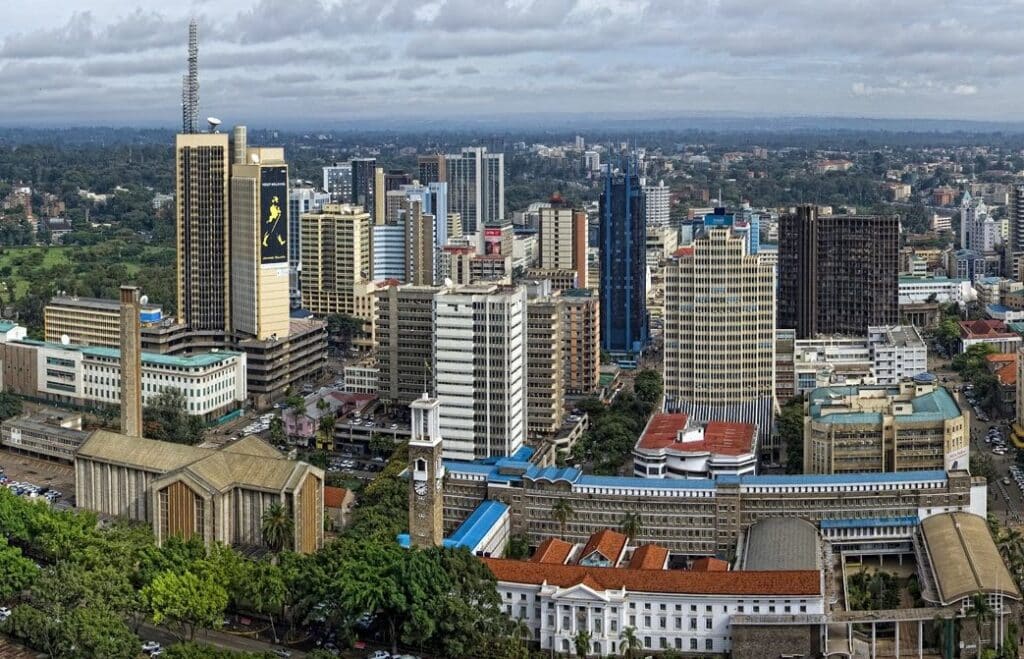Nairobi, the vibrant capital city of Kenya, has been grappling with the issue of gang arousal and its impact on the community. The emergence of gangs, characterized by criminal activities, violence, and territorial control, poses significant challenges to the well-being and safety of residents. Understanding the causes, consequences, and potential solutions to this issue is crucial for fostering a secure and thriving environment for all Nairobi residents.

What is Causing a Rise in Gangs In Nairobi
One of the key factors contributing to gang arousal in Nairobi is socio-economic inequality. The city’s rapid urbanization has led to a stark contrast between affluence and poverty, creating marginalized pockets where access to basic necessities and opportunities is limited. The lack of socio-economic opportunities and exclusion from mainstream society drive some individuals, particularly the youth, to seek belonging and identity within gangs. Moreover, inadequate educational opportunities and high youth unemployment rates further exacerbate the issue. Many young people, lacking skills and viable employment prospects, become susceptible to the allure of gang culture as an alternative means of survival or a source of perceived power and respect. The lack of positive role models and mentorship can contribute to their involvement in criminal activities.
The impacts of gang activity on the community are far-reaching and multifaceted. One of the most noticeable consequences is an increased sense of insecurity and fear among residents. Gang violence, extortion, drug trafficking, and other criminal activities not only harm individuals directly involved but also instil a sense of unease in the community at large. Innocent residents often become victims of gang-related violence, leading to a breakdown of trust and a decline in community cohesion.

Furthermore, gang activity poses a significant challenge to the educational system. Schools located in areas affected by gang presence face disruptions, with students and teachers fearing for their safety. This can hinder the educational progress of students, perpetuating the cycle of poverty and limited opportunities. The overall quality of education may also suffer as teachers and administrators grapple with the impact of gang influence on students’ behaviour and academic performance.
How to Solve Gangs Issues in Nairobi
Addressing the issue of gang arousal in Nairobi requires a comprehensive and multi-dimensional approach. Collaborative efforts between the government, law enforcement agencies, community organizations, and residents are vital. Effective strategies should focus on prevention, intervention, and rehabilitation. Prevention efforts entail tackling the root causes of gang arousal by addressing socio-economic inequalities and improving access to quality education, vocational training, and employment opportunities. Investing in community development programs, mentorship initiatives, and after-school activities can engage young people and provide positive alternatives to gang involvement. Creating safe spaces for dialogue, civic engagement, and cultural activities fosters a sense of belonging and identity outside the realm of gangs.

Intervention strategies involve targeted law enforcement efforts to dismantle existing gangs and disrupt criminal activities. Collaboration between police departments, community policing initiatives, and intelligence gathering plays a crucial role in identifying and apprehending gang members. Ensuring effective prosecution and the provision of witness protection programs are vital to ensure the successful dismantling of gangs and discourage future recruitment.
Rehabilitation programs are crucial for individuals seeking to leave the gang lifestyle. Providing access to counselling, therapy, and educational opportunities helps individuals transition away from criminal activities and reintegrate into society. Collaboration with community-based organizations and NGOs specializing in rehabilitation and reintegration is essential in providing comprehensive support to former gang members. Building trust and fostering community resilience is integral to addressing gang arousal in Nairobi. Engaging community leaders, religious institutions, and local residents in dialogue and problem-solving processes creates a sense of ownership and responsibility in finding solutions. Encouraging community-led initiatives, such as neighbourhood watch programs, mentorship programs, and awareness campaigns, helps create a united front against gang activities.
Importance of a Stable Society
Essentially, gang arousal in Nairobi presents significant challenges to the community’s well-being, safety, and social fabric. Addressing this issue requires a multi-dimensional approach that focuses on prevention, intervention, and rehabilitation. By addressing socio-economic inequalities, providing educational and vocational opportunities, engaging the community, and implementing targeted law enforcement efforts, Nairobi can foster a secure and inclusive environment where residents can thrive. Nurturing the potential of every individual, particularly the youth, is crucial for creating a resilient and prosperous community, free from the clutches of gang violence and criminal activities.




